Sony has unveiled a concept car at the 2020 Consumer Electronics Show in Las Vegas, dubbed the Vision-S. The electric prototype incorporates the Japanese electronics firm’s imaging and sensing technologies, while Sony’s own artificial intelligence, telecommunication and cloud computing technologies enable the continued updating and evolution of the vehicle’s features, says Sony.
The Vision-S follows the current automotive trend in using a modular platform which enables its application across various bodystyles; Sony says this includes coupes, sedans, SUVs and MPVs. Without going into specific detail, the company says that the vehicle is ‘designed with the goal of acquiring top scores in automobile safety tests around the world’.
In terms of dimensions, the Vision-S measures 4,895 mm long with a 3,000 mm wheelbase, 1,900 mm wide and 1,450 mm tall. For comparison, the Tesla Model S measures 4,980 mm long with a 2,960 mm wheelbase, 1,964 mm wide (excluding mirrors) and 1,440 mm tall.
The Vision-S is suspended by air springs on a double-wishbone configuration front and rear, and rolling stock is a set of 21-inch wheels shod in 245/40 and 275/35 tyres front and rear, respectively, and brakes are by Brembo. The concept EV tips the scales at 2,350 kg according to Sony, while motive power is from a pair of 200 kW electric motors; one on each axle for a 400 kW (536 hp) total. Thus equipped, 0-100 km/h is attained in 4.8 seconds, and top speed is 240 km/h.
Sony has not detailed battery capacity, range or charger connections, however a screenshot of the driver’s instrumentation from an official video (embedded below) indicates range of at least 284 miles, or 454 km. The company also states that the Vision-S is a prototype intended to illustrate ‘future concepts in the area of mobility’.
At its unveiling at CES 2020, Sony CEO Kenichiro Yoshida specifically thanked Magna Steyr for its engineering help with designing the concept, The Drive reports; the Austrian engineering firm manufactures various models, among them the Toyota Supra and BMW Z4. A presentation slide from the event also reveals other partners in the development to include Bosch, Continental, and Nvidia, the report noted.
The Vision-S showcases the ‘Safety Cocoon’ safe-zone concept of active safety by detecting situations all around the vehicle in order to evade risk well ahead of time, says Sony. This is facilitated by a suite of 33 automotive-grade sensors installed on the car’s exterior as well as interior, comprised of 12 cameras, 17 ultrasonic and radar sensors, as well as three solid-state lidar sensors.
These enable 360-degree recognition of traffic conditions, and provide driving assistance such as advanced cruise control, self-parking and automatic lane-change functions which correspond to Level 2 driver assistance, says Sony. Software updates allow for continual upgrading, and ultimately will enable self-driving at Level 4 and above in the future, the company added; more on autonomous driving levels, here.
Here on the Vision-S, cameras and display screens take the place of conventional mirrors, and the three displays can be aligned to the driver’s preference; for example, the central mirror can display the view from both sides of the vehicle. Glare from the lights of vehicles behind are taken care of by HDR and other signal processing technology to ensure the appropriate brightness and clarity.
Inside, sensors will also monitor the facial expressions and body movements of the driver in order to gauge concentration and fatigue levels, and send alerts as necessary. The onboard systems will adjust cabin temperature according to the conditions and how the occupants are feeling. For example, the car will adjust climate control if it detects a sleeping passenger, and continue to learn preferred settings for climate, music, driver modes, routes and other preferences each time occupants come aboard.
With autonomous driving technologies in place, Sony aims to create a ‘mobile entertainment space’ within the Vision-S to surround its occupants with sounds from object-based spatial technology Sony calls 360 Reality Audio. The aural experience is based around speakers installed within the car’s seats, which then work with other speakers within the Vision-S cabin to create a personalised sound in any of the four seats in the car.
The visual component of the cabin experience comes courtesy of a panoramic screen which spans the width of the Vision-S dashboard, here seen in three segments for the driver, front passenger and overall infotainment respectively, bookended by the side camera display screens. It isn’t completely dominated by screens; the occupants of the Vision-S will access content on the screens via a jog dial which enables control over content even if the occupant has chosen to recline their seat, says Sony.
Connectivity and integration comes in the form of Vision-S Link, which coordinates the Vision-S with multiple mobile devices and cars. This harnesses the car’s self-driving capabilities and enables the driver to summon the car the his or her present location, and a map displayed on the driver’s mobile device will be automatically synced to the car’s panoramic screen as soon as they board.
Likewise, music that is playing on one’s mobile device will automatically continue within the car when the user embarks. The systems aboard the Vision-S are to be continually updated over-the-air, where cloud-based artificial intelligence enables the car to become even more intelligent and adaptive over time.
It doesn’t particularly sound like Sony will put the Vision-S into full production reality, as the firm said that the EV concept is meant to be a showcase of what’s possible in the latest evolution of safety, comfort, entertainment and adaptability. What do you think, dear readers? Will this remain a concept, or could the Vision-S turn out to be a production car that becomes available for sale?
Looking to sell your car? Sell it with Carro.

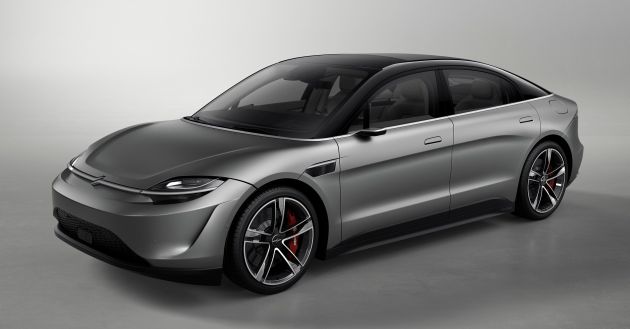
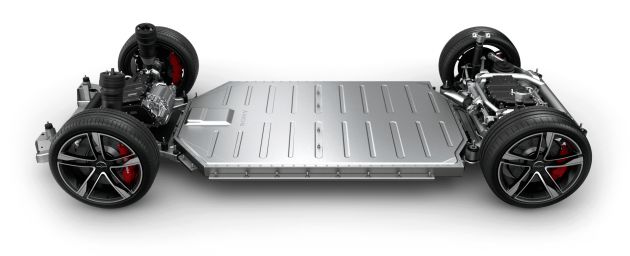
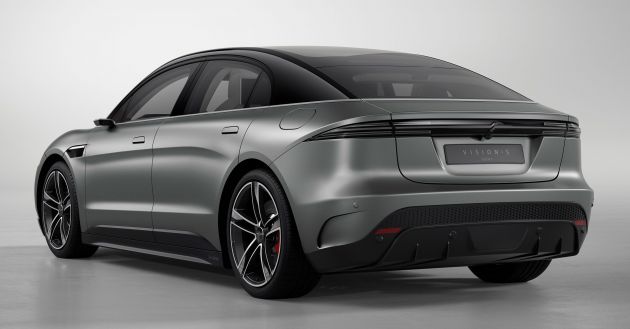







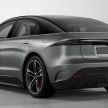
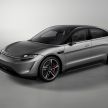

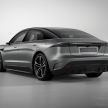
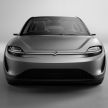
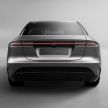
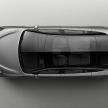
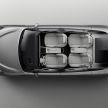
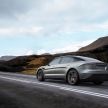
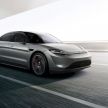
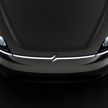


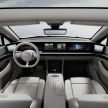
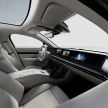
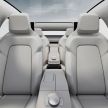
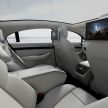
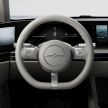
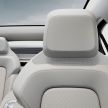
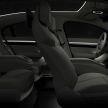

With their capability for outlandish designs in Gran Turismo, they chose to mash a Prius front with Jaguar rear? WTH?! Better to pay your game developers and come out with a better design.
why so furious? chill..
Malaysia we got flying car powered by KDK fans
Just a car from Magna Steyr
Directd or satugadget?
Proton has the manufacturing capability. Sony has the design and technology. Why not work together?
It make sense if P3 are doing a JV with Sony instead.
P1 never made PS4 b4 so how to make PS5?
Woah Sony also making car now, their steering wheel should look like Playstation game controller.